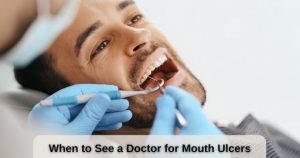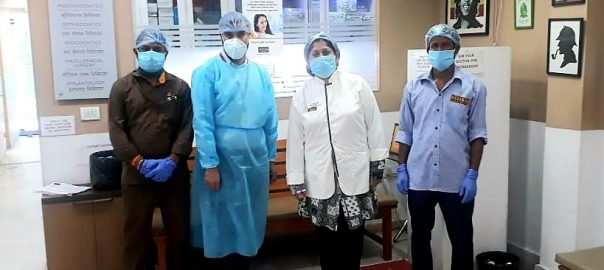
Dental Avulsion – Symptoms, Causes, Treatment
A knocked-out tooth, or tooth avulsion, can be a distressing and painful experience. Whether it’s due to a sports injury, an accident, or any other unexpected event, knowing how to respond promptly can make all the difference in saving your smile. In this comprehensive guide, we will explore the causes of tooth avulsion, the crucial steps to take when it happens, and how to protect the avulsed tooth to increase the chances of successful re-implantation.
Understanding Tooth Avulsion
Tooth avulsion occurs when a tooth is completely dislodged from its socket. The causes can vary, but trauma to the mouth, such as falls or sports injuries, is a common culprit. Poor dental health and weakened teeth due to cavities or gum disease can also increase the risk of tooth avulsion.
Immediate Response: How to Protect the Avulsed Tooth
When a tooth is knocked out, it’s essential to act quickly and effectively to maximize the chances of saving the tooth and preserving your smile. Here’s what to do:
Handle the Tooth with Care
- Pick up the tooth by the crown (the chewing surface) and avoid touching the root, as this can damage the delicate tissues.
- If the tooth is dirty, gently rinse it with cold, clean water for no more than 10 seconds. Do not scrub or use any cleaning agents, as this can harm the tooth’s cells necessary for re-implantation.
Reinsert the Tooth
- If possible, try to reinsert the tooth into its socket immediately. Hold it in place by gently biting down on a clean cloth or gauze to keep it in place.
- If the tooth can’t be reinserted, place it in a container of milk or a special tooth preservation solution (available at most pharmacies). These fluids help keep the tooth’s root cells alive until you can see a dentist.
Seek Immediate Dental Care
- Time is of the essence. Contact an emergency dentistry or your dentist as soon as possible. They will advise you on the next steps and schedule an emergency appointment.
Preventing Tooth Avulsion
Prevention is always the best approach. While accidents can happen, there are steps you can take to reduce the risk of tooth avulsion:
- Wear Protective Gear: If you engage in contact sports or activities that pose a risk to your teeth, such as cycling or skateboarding, wear a mouthguard or helmet with face protection to minimize the chances of trauma.
- Maintain Good Oral Health: Regular dental check-ups and proper oral hygiene, including brushing, flossing, and using fluoride products, can help keep your teeth strong and less prone to avulsion.
- Avoid Chewing on Hard Objects: Refrain from chewing on ice, hard candy, or other objects that can cause your teeth to crack or become weakened.
Conclusion
Dental avulsion is a dental emergency that requires swift and proper action. By following the steps outlined in this guide, you can protect the avulsed tooth and increase the likelihood of saving your smile. Remember, prevention is key, so take the necessary precautions to safeguard your teeth from potential trauma.
Leave a Reply
Leave a Reply





















